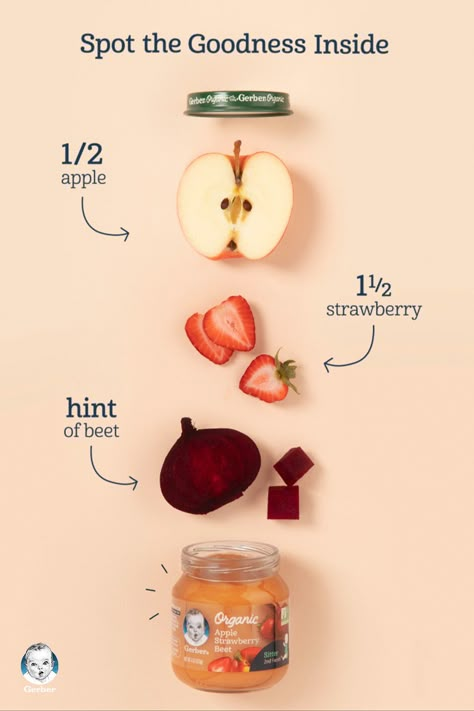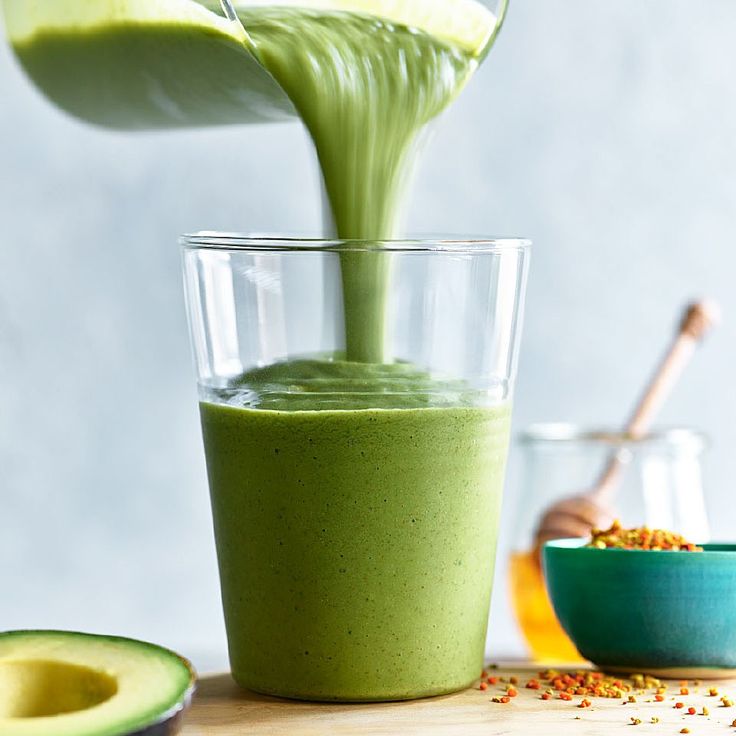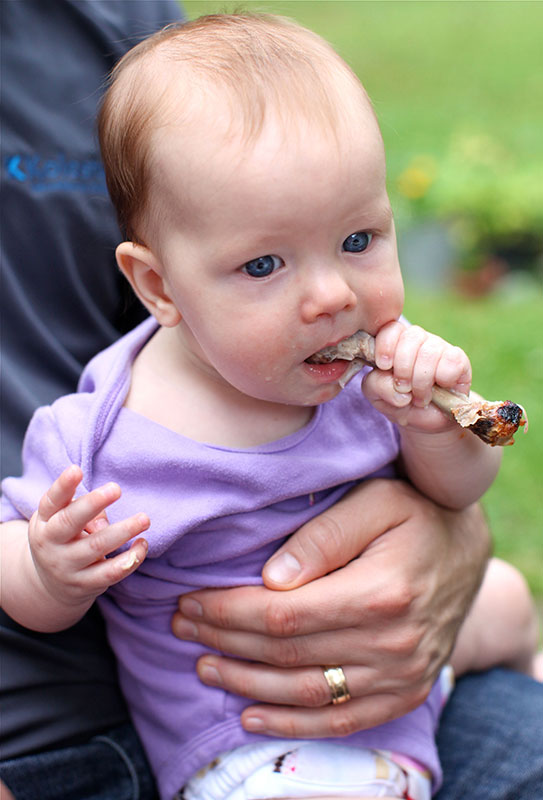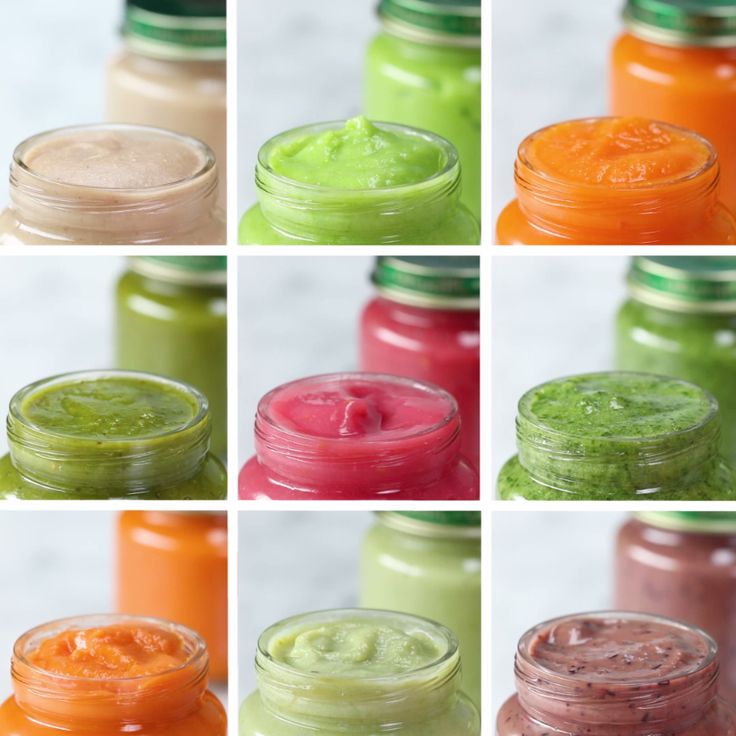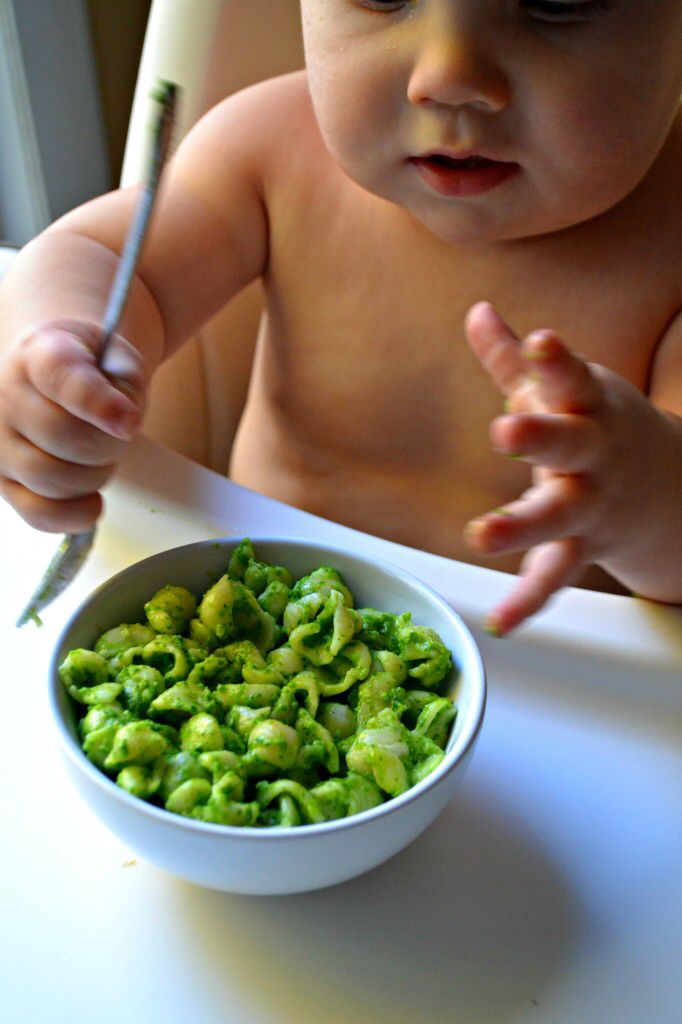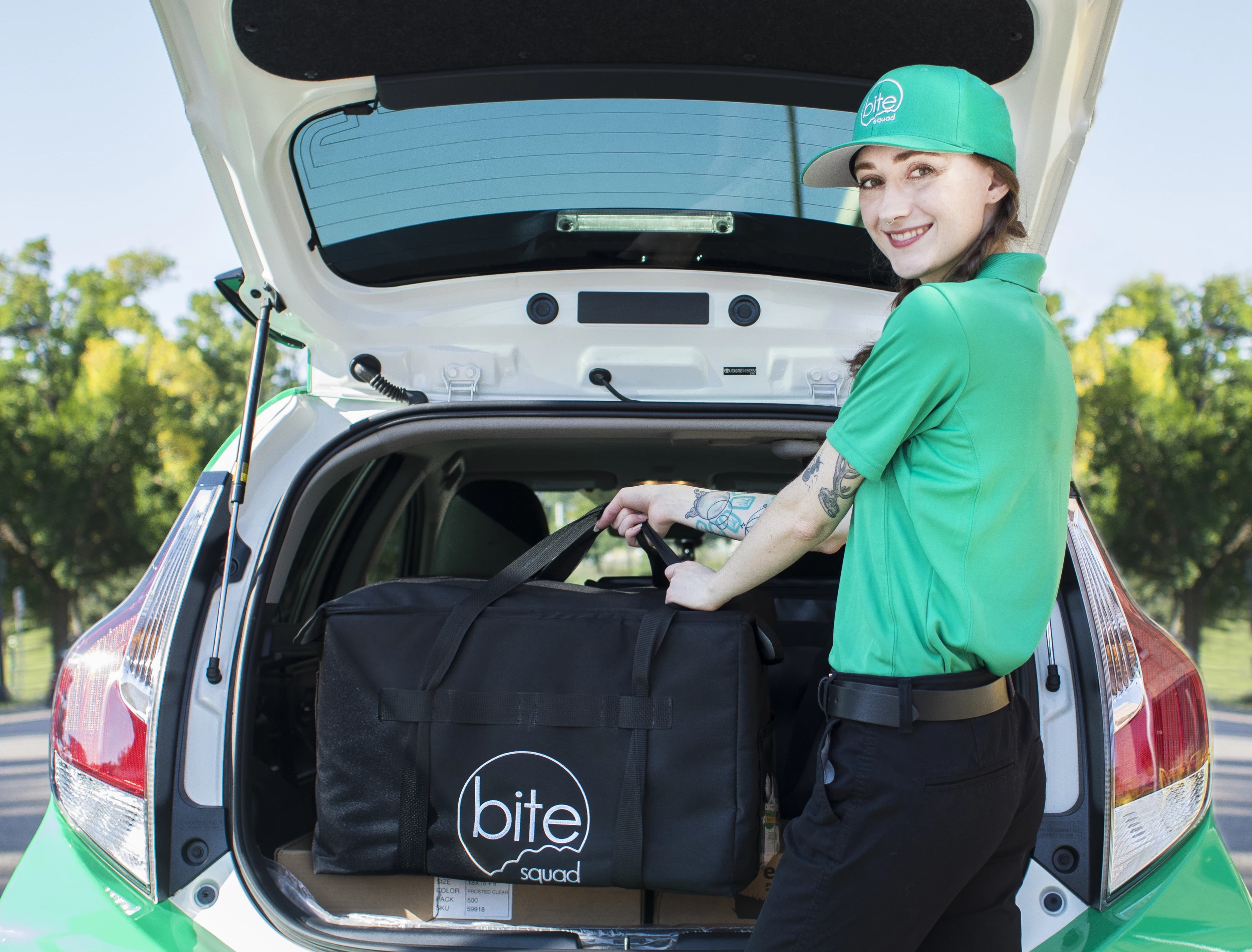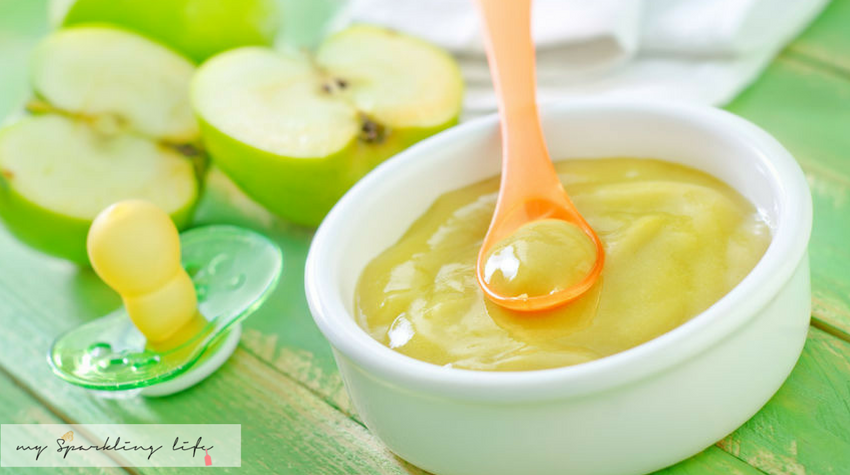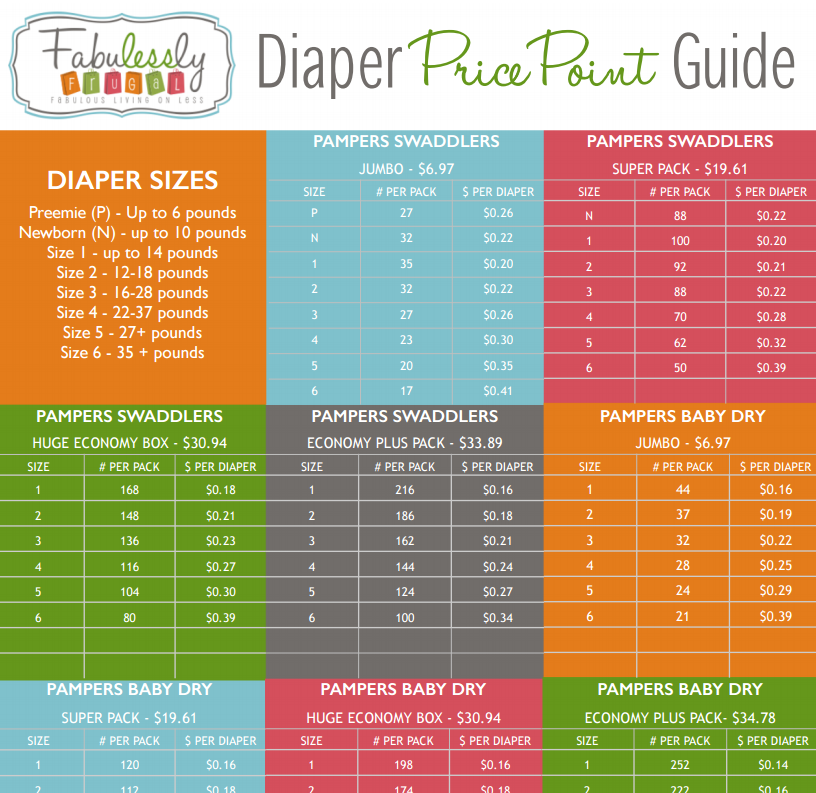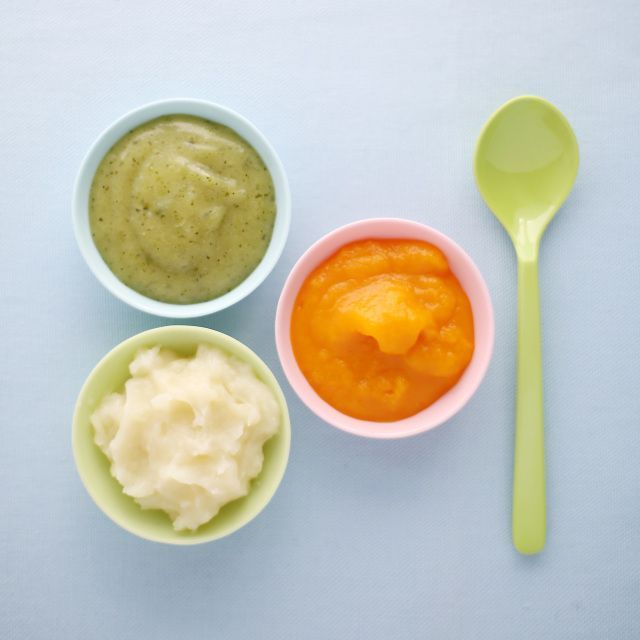The wholesome baby food guide pdf
Organic or Conventional Foods When Feeding Babies and Kids
One of the great advantages of making your own homemade baby food is that you get to choose exactly what goes into it—which means you control the quality. Below I’ll give you my tips on choosing the best ingredients your family can afford. We never ate 100% organic when the kids were babies and we don't to this day. We pick and choose as our budget and availability allow.
Should Only Organic Ingredients Be Used to Make Baby Food or Feed Kids?
The decision of whether or not to use organic foods to make baby food is an entirely personal one. Many parents will purchase only organic foods to feed their babies as well as their whole family. The benefit in making baby food with organic foods is that baby’s exposure to conventional chemical pesticides and fertilizers is almost eliminated. During their first twelve months of life, babies consume a higher amount of fruits and vegetables relative to their weight, and in theory, this means they would be consuming more of the pesticides and chemicals found in conventional foods. It is a good idea to try to offer your baby as many organic foods as possible during their first twelve months to reduce the exposure to synthetic pesticides and fertilizers.
If you can’t afford to feed your whole family a 100 percent organic diet, it’s still beneficial to purchase and cook some organic foods. There are parents who use organic foods solely for baby’s first food ingredients. On the other hand, many parents who make their own baby food will never buy any organic foods. While purchasing and cooking organic foods has many benefits, just cooking homemade foods for your baby gives your baby many advantages. If you are unable to find organic produce or simply cannot afford the higher price of organic food, you should still use fresh fruits and vegetables when making your own baby food.
Organic vs. Conventional: Be Aware of the Differences
Organic foods or conventional foods? It’s a question that causes a lot of anxiety for parents, especially when it’s time to start their babies on solid food. Which type of food is more nutritious, and which is safer to feed to babies? To understand the differences, let’s take a look at the two types of food growing practices:
Which type of food is more nutritious, and which is safer to feed to babies? To understand the differences, let’s take a look at the two types of food growing practices:
- Organic food: This is food that has been grown without the use of chemical pesticides, synthetic fertilizers, sewage sludge, or GMO/bioengineered seeds. Organic meats, dairy, and eggs must come from animals that have not been given antibiotics or growth hormones. The feed the animals eat cannot contain animal by-products and must be vegetarian. It must not have GMO grains and cannot have been grown with conventional pesticides. The feed must also be free from antibiotics.
- Conventional food: Conventionally grown food is or may be grown with chemical pesticides and fertilizers and also may be GMO or bioengineered. Conventional meats are from animals that may have been given growth hormones and/or antibiotics. The animals may also be fed food that contains animal by-products, and the food may be grown from GMO or bio-engineered grains and seeds.
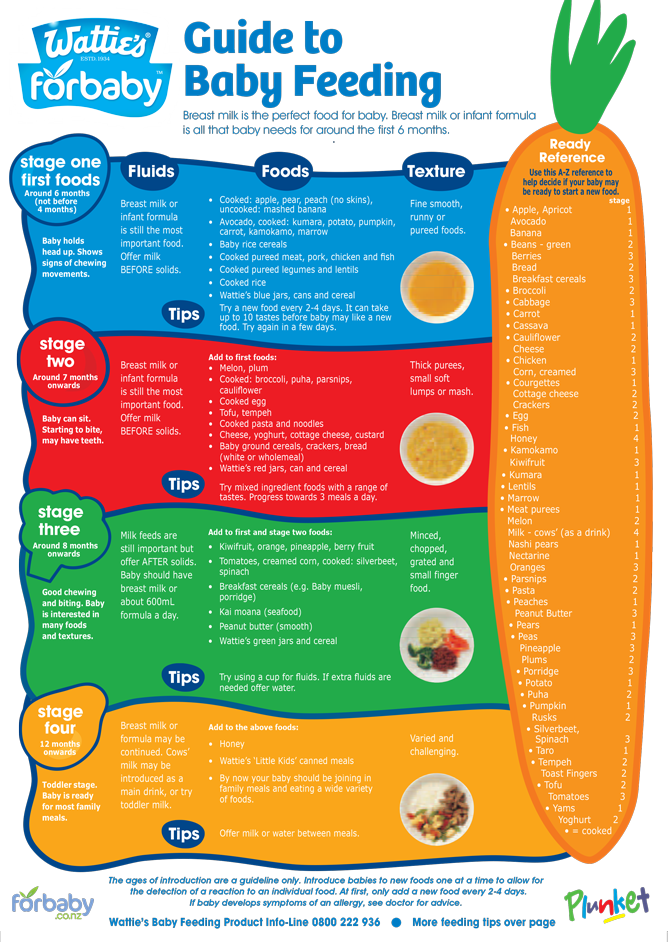 The grain-based feed can also have been treated with pesticides and/or fertilizers. If you do choose to go the organic route, there are a few different organic labels to watch for.
The grain-based feed can also have been treated with pesticides and/or fertilizers. If you do choose to go the organic route, there are a few different organic labels to watch for.
The USDA uses these standards to label organic foods:
“100 percent organic.” This phrase can be used to label any product that contains 100 percent organic ingredients (excluding salt and water, which are considered natural). Most raw, unprocessed farm products can be designated “100 percent organic.” Likewise, many value-added farm products that have no added ingredients—such as grain flours, rolled oats, etc.—can also be labeled “100 percent organic.”
“Organic.” “Organic” can be used to label any product that contains a minimum of 95 percent organic ingredients (excluding salt and water). Up to 5 percent of the ingredients may be non-organic agricultural products that are not commercially available as organic and/or non-agricultural products that are on the National List.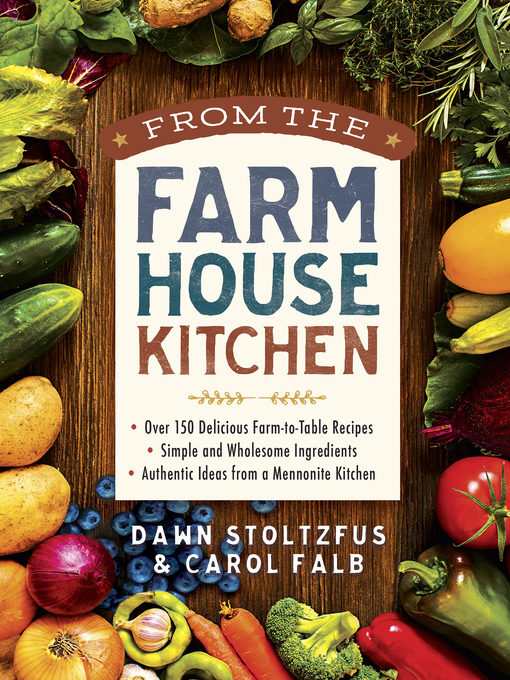
“Made with organic ______.” This phrase can be used to label a product that contains at least 70 percent organically produced ingredients (excluding salt and water). There are a number of detailed constraints regarding the ingredients that make up the non-organic portion. Specific ingredient listings. For products containing less than 70 percent organic ingredients, the specific organic ingredients may be explained in the ingredient list—for example, “Ingredients: water, barley, beans,
organic tomatoes, salt.”
Click on the graphic to learn more about the USDA Organic standards.
THE MAKE-AHEAD BABY FOOD COOKBOOK — Nutrition Hungry
The deliciously nutritious make-ahead baby food cookbook for a healthy start and beyond!
Healthy, homemade baby food is the best way to ensure your little one is getting all of the nourishment they need―but every parent knows the stress of cooking dinner when your mind is on changing diapers. The Make-Ahead Baby Food Cookbook helps you plan ahead, showing you how quick and easy it can be to cook yummy, wholesome baby food safely and conveniently at home.
The Make-Ahead Baby Food Cookbook helps you plan ahead, showing you how quick and easy it can be to cook yummy, wholesome baby food safely and conveniently at home.
From bottle to bowl―Discover what tools you’ll need, which order to introduce solid foods, how to detect food sensitivities, and how to raise a food-friendly eater.
Set the stage―Prep for success with this baby food cookbook, using 4-week meal plans for each stage, including a reader-friendly planning chart, detailed shopping lists, foolproof step-by-step recipes, and more.
Ready-to-go recipes―Please your baby’s palate with dozens of yummy and nutrient-rich foods for every stage and beyond―including flavor combos, mix-ins, and time-saving tips.
Since its release, The Make-Ahead Baby Food Cookbook has quickly risen to be one of Amazon’s best rated baby food cookbooks:
“I love that it is written by a dietitian and can be used by the whole family.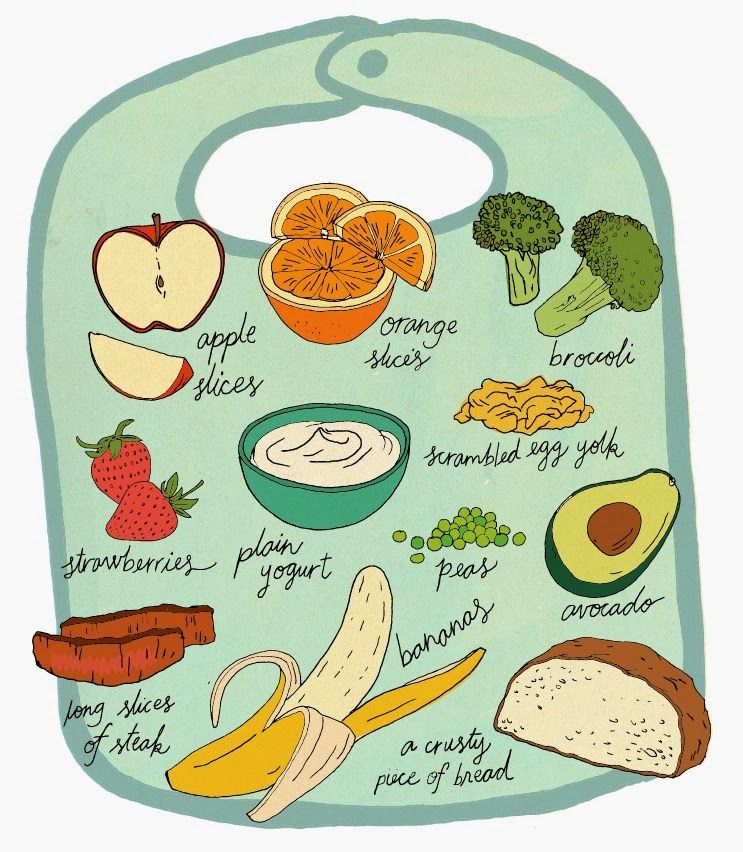 Defintely a great buy for new families!”
Defintely a great buy for new families!”
“It has clear instructions and I love the way it separates into stages so you don't have to guess what your baby can have.”
“We tried many of these recipes while baby sitting for our granddaughter. All of them were winners...even asked for seconds!”
“I love all the meal plans - it makes it so easy and she presents a real 'guide' on exactly what to do. This was a much-needed book!”
“This is a great resource for moms to prevent babies from getting bored with the same food combinations.”
“This cookbook is such a great introduction to healthy well balanced nutrition for babies.”
Make mealtime mess-free and stress-free with the Make-Ahead Baby Food Cookbook, an all-in-one meal map for every stage and age. This baby food cookbook gets you started with a primer on signs to look for when your little one is ready to get in the high chair and how to provide essential nutrients at each stage:
At around 6 months old, most babies are ready to start eating solid foods.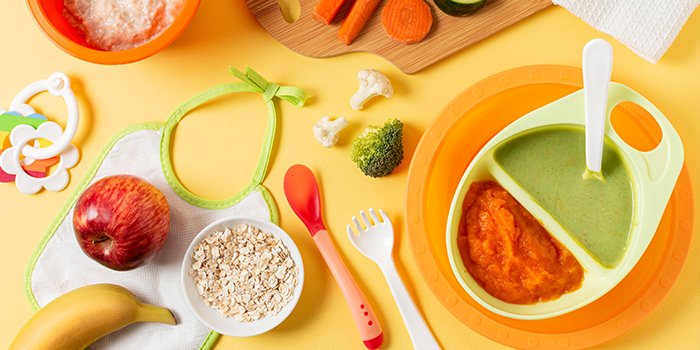 You’ll start with smooth purees, which help your baby transition from liquids to solids.
You’ll start with smooth purees, which help your baby transition from liquids to solids.
By 8 to 10 months, your baby can begin transitioning to chunkier textures, which help to develop chewing skills.
And before you know it, at around 9 to 12 months old, your baby will be moving on to finger foods - soft, bite-sized foods that help build their independence.
And as a bonus, I’ve included 15 family-friendly recipes that both toddlers and grown-ups will love!
You’ll learn the ins and outs of batch cooking, freezing, and reheating, before diving in with an easy-to-navigate 4-week meal plan for each of the three stages of development.
This baby food cookbook is packed with dozens of hearty purees, chunky combinations, and fun finger foods, as well as bonus recipes perfect for your toddler and delicious for the whole family.
As a Registered Dietitian Nutritionist, I help families navigate all the complications and confusion that come along with raising healthy kids. And as a mom, I know first-hand the unique challenges of feeding a baby. In this book, I combine both my professional knowledge and my personal experience to provide you with accurate nutrition advice and practical ways to introduce your baby to the wonderful and exciting world of solid foods!
Stephanie Van’t Zelfden, RDN, CDN
The Make-Ahead Baby Food Cookbook is a complete guide for stress-free baby feeding. I cover it all - from planning and cooking, to freezing and storage, to heating and serving. In just a few hours, you can create a month’s worth of meals for your baby.
The Make-Ahead Baby Food Cookbook will be your go-to resource for making delicious and nutritious baby food.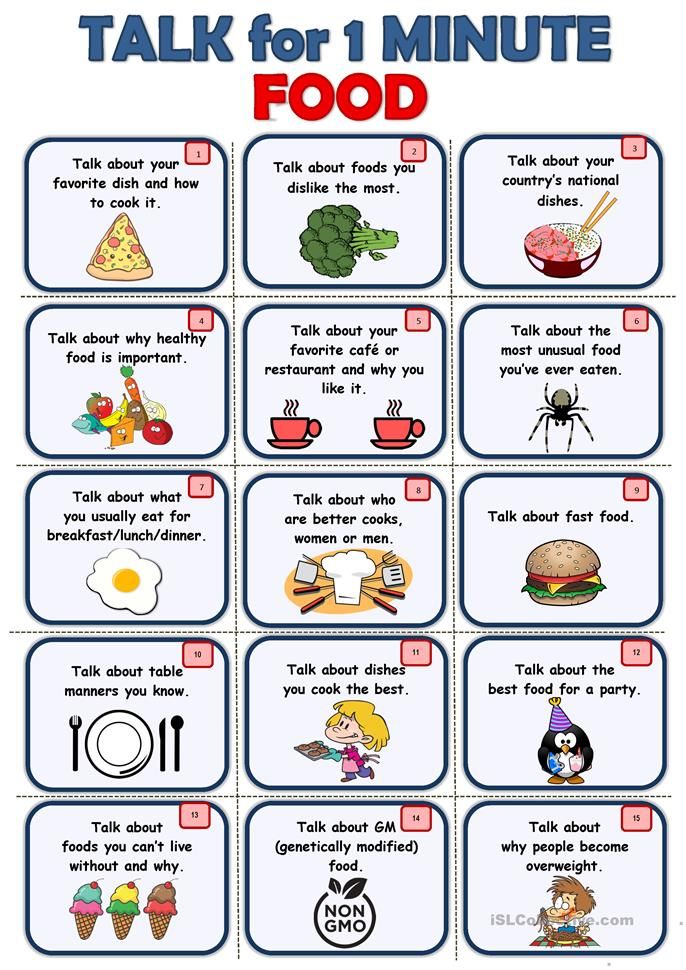 If you’ve ever thought about making your own baby food, but found it too intimidating, this book is for you. I promise you that it’s quicker, easier, and more fun than you could ever imagine.
If you’ve ever thought about making your own baby food, but found it too intimidating, this book is for you. I promise you that it’s quicker, easier, and more fun than you could ever imagine.
I had a ton of fun making this book, and I’m so excited to share it with you. I hope you’ll check it out!
GBOU NAO "Secondary school No. 4 of Naryan-Mar with in-depth study of individual subjects"
- HOME
- INFORMATION ABOUT EDUCATIONAL ORGANIZATION
- Basic information
- Structure and governing bodies of an educational organization
- Documents
- Education
- Educational standards and requirements
- Manual. Pedagogical (scientific and pedagogical) staff
- Logistics and equipment of the educational process
- Scholarships and student support measures
- Paid educational services
- Financial and business activities
- Vacancies for admission (transfer) of students
- Accessible Environment
- International cooperation
- Catering in an educational organization
- ABOUT SCHOOL
- School symbols
- E-school
- Vacancies
- Photo gallery
- Our achievements
- FOR PARENTS
- Psychological preparation for the GIA.
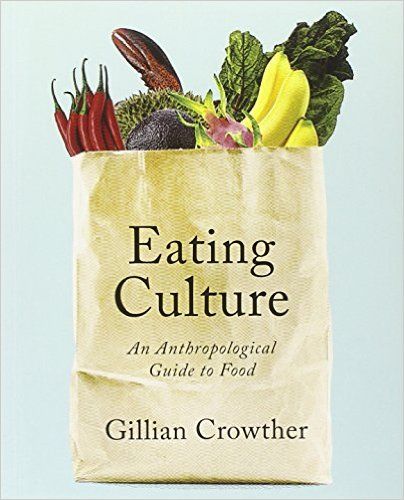 Saying "No" to stress
Saying "No" to stress - Important: Parents!
- Attention: TIKTOK!!!
- Criteria for canceling classes in educational institutions of the Nenets Autonomous District
- Thin Ice and Spring Flood Alert
- What does it mean to be a parent?
- About the Academy of Civil Protection of the Ministry of Emergency Situations of Russia
- Psychological preparation for the GIA.
- FOR STUDENTS
- Digital educational resources
- Appearance requirements
- Cadet class
- Timetables
- Child safety
- First graders
- Tenth graders
- Electronic resources for career guidance
- Russian movement of schoolchildren
- Graduates
- FOR TEACHERS
- Educator Model Code
- Documents
- NEWS
- CONTACTS
- Electronic reception
- ACTIVITY
- Educational process
- Distance learning
- Independent assessment of the quality of education
- Advice Center
- Social and psychological testing
- School Services
- PRESCHOOL
- FOOD
- ADMISSION TO 1st CLASS
- SUMMER CAMP - 2022
- SCHOOL SPORTS CLUB
- The results of the school sports club
- FUNCTIONAL LITERACY
- MENTORING
- ADMISSION TO 10 CLASS
- CENTER "POINT OF GROWTH"
- HEADQUARTERS OF EDUCATIONAL WORK
- PROJECT "EAGLE RUSSIA"
- RDSH
- "TALK ABOUT IMPORTANT"
Version for the visually impaired
Home
Healthy Eating Information Materials for Parents and Students
- Memo to parents on the need for a healthy diet for schoolchildren.
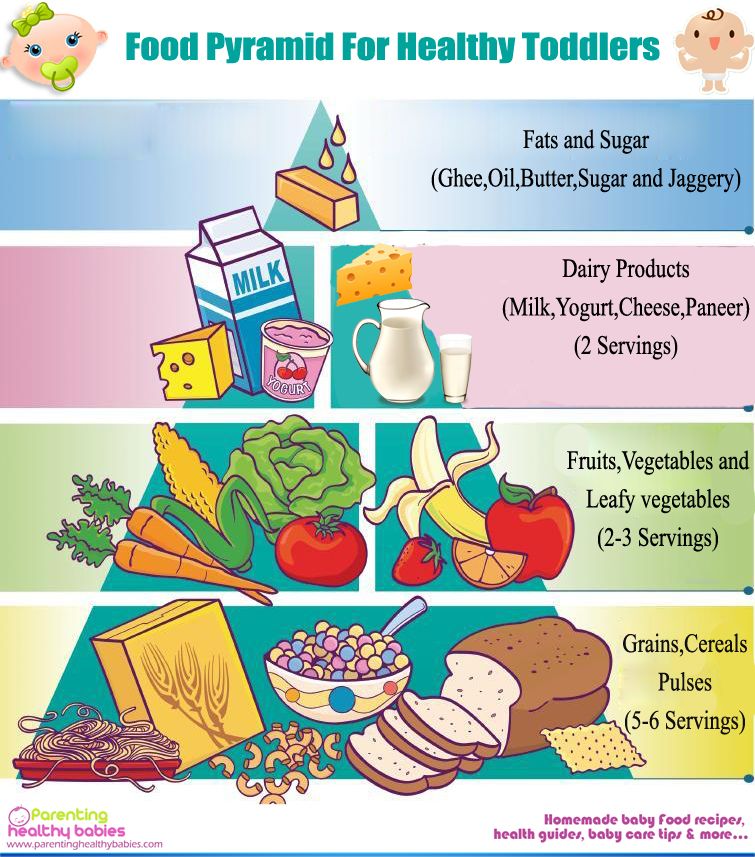 docx (fifteen KB)
docx (fifteen KB)
Nutrition booklets
Guidelines
- Practical recommendations for healthy eating.doc (32 KB)
- Memo "Healthy food for schoolchildren".doc (211 KB)
- About the benefits of milk.doc (36 KB)
- Basic principles of rational nutrition.doc (1 166 KB)
- Nutrition and life.doc (37 KB)
- What is proper nutrition.
doc (33 KB)
- Healthy eating rules.doc (36 KB)
- Meals for schoolchildren during exams.doc (48 KB)
- How to organize meals for schoolchildren.docx (13 KB)
Parent Nutrition Booklets
- Booklet School Meals.pdf (563 KB)
- Booklet Food Culture.pdf (691 KB)
- Booklet Basic principles of rational nutrition.
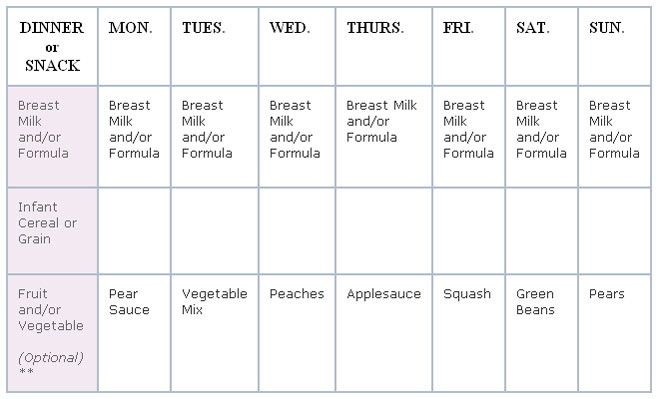 pdf (533 KB)
pdf (533 KB) - Booklet Rules of healthy eating for schoolchildren.pdf (644 KB)
- Booklet Menu for every day tasty and healthy.pdf (651 KB)
- Booklet Vitamins.pdf (752 KB)
- Booklet Rules of healthy eating for schoolchildren.pdf (644 KB)
- Booklet Healthy Eating Schoolchildren.pdf (723 KB)
- Booklet The role of vitamins in baby nutrition.
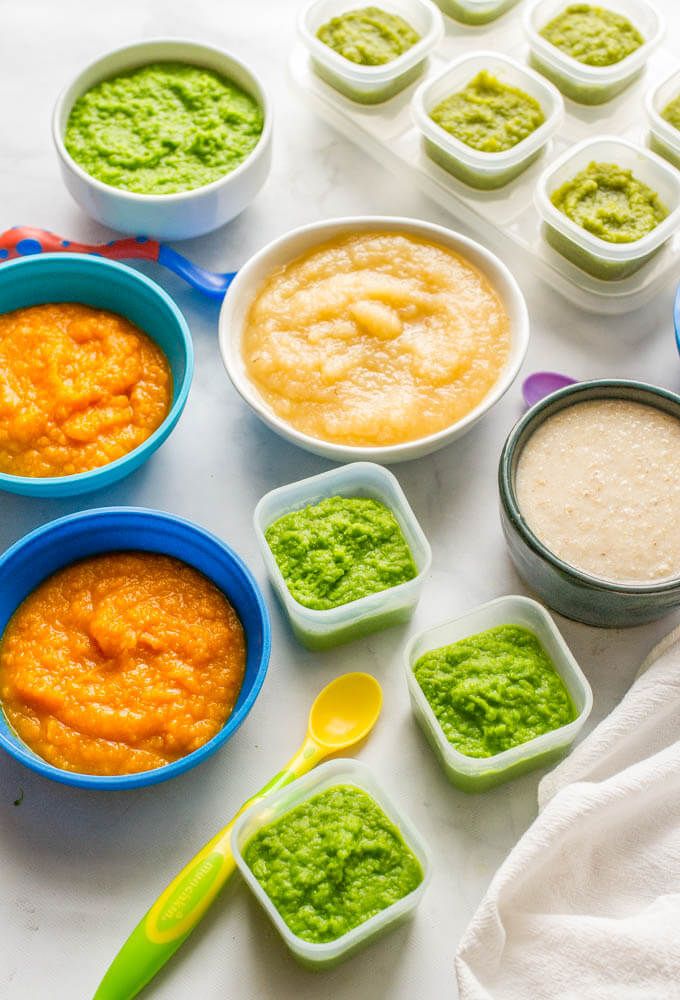 pdf (774 KB)
pdf (774 KB)
Student Nutrition Booklets
- Booklet for students in grades 1-4 Eat right - get healthy.pdf (650 KB)
- Booklet for students in grades 5-9 Proper nutrition for a teenager is the key to a healthy future.pdf (572 KB)
- Booklet for students in grades 10-11 Proper nutrition - the path to health and longevity.pdf (482 KB)
- Booklet What foods contain vitamins.pdf (1682 KB)
- Booklet Benefits of milk.
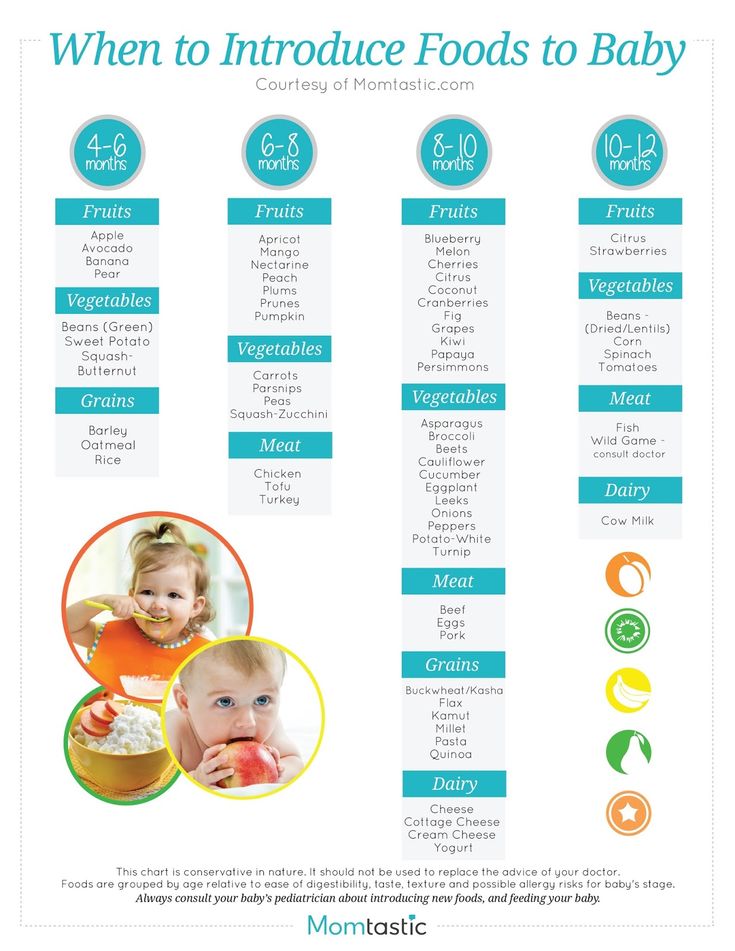 pdf (533 KB)
pdf (533 KB)
Daily menu
Go to the section "Daily menu"
nubex.ru/
2. Production control program based on HACCP principles
- The production control program of the State Budgetary Educational Institution of the NAO "Secondary School No. 4 of Naryan-Mar with in-depth study of individual subjects" (+ Production control program GBOU NAO secondary school 4.pdf, 1 566 KB)
3. Students' diet (schedule)
1 break (9:10 - 9:30): 1a, 1b, 1c, 1d, 2a, 2b, 2c, 2d, 2f, 3d, 7d, 8c grades
2nd break (10:10 - 10:30): 3a, 3b, 3c, 3d, 4a, 4b, 4c, 4d, 5a grades
3rd break (11:10 - 11:30): 5b, 5c, 5d, 6a, 6b, 6c, 6d, 7a, 7b, 7c, 7k grades
10b, 11a, 11b grades
5 break (13:10 - 13:20) lunches: GPA, 7d, 8c grades
8 (81853) 2-16-68
Ten-day menu for students - BREAKFAST
- Ten-day breakfast menu for catering for students aged 7-11.
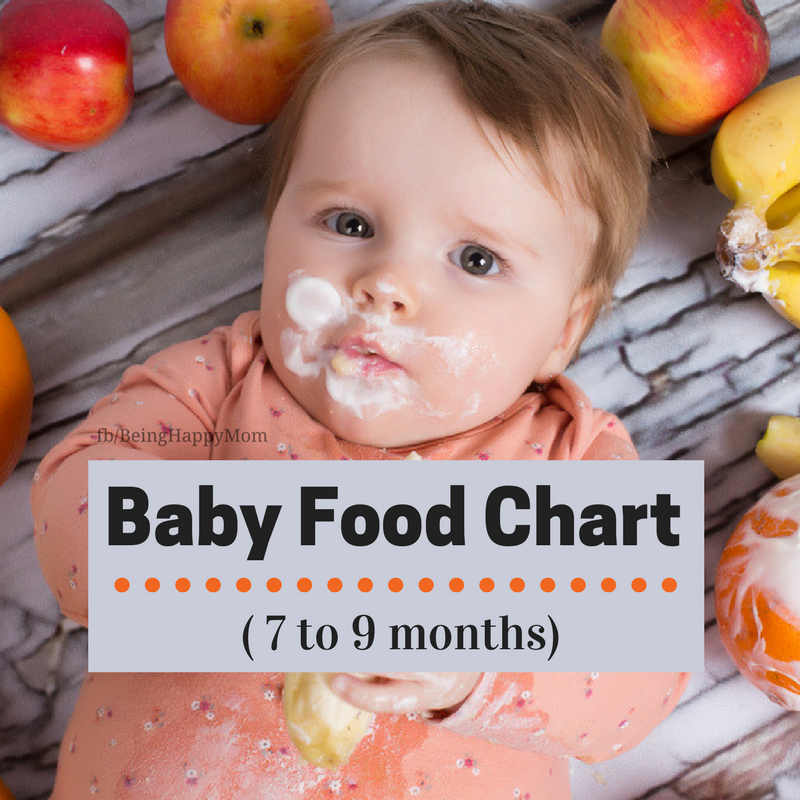 pdf (3 359 KB)
pdf (3 359 KB) - Ten-day breakfast menu for catering for students aged 12 and over.pdf (3 576 KB)
Ten-day menu for students aged 7-11 - LUNCH
- 1 day.pdf (210 KB)
- Day 2.pdf (208 KB)
- Day 3.pdf (215 KB)
- Day 4.pdf (209 KB)
- Day 5.
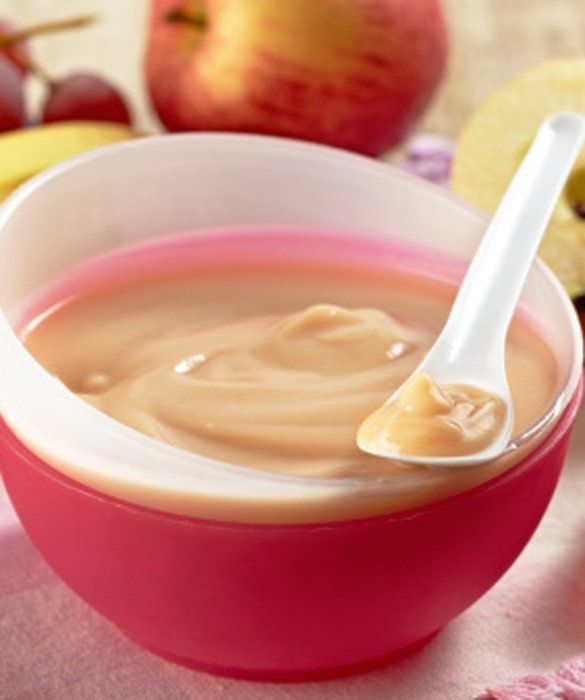 pdf (215 KB)
pdf (215 KB) - Day 6.pdf (211 KB)
- Day 7.pdf (211 KB)
- Day 8.pdf (210 KB)
- Day 9.pdf (215 KB)
- Day 10.pdf (209KB)
- Examination act 7-11 years old.pdf (5 848 KB)
10-day menu for students aged 12 and over - LUNCH
- 1 day.
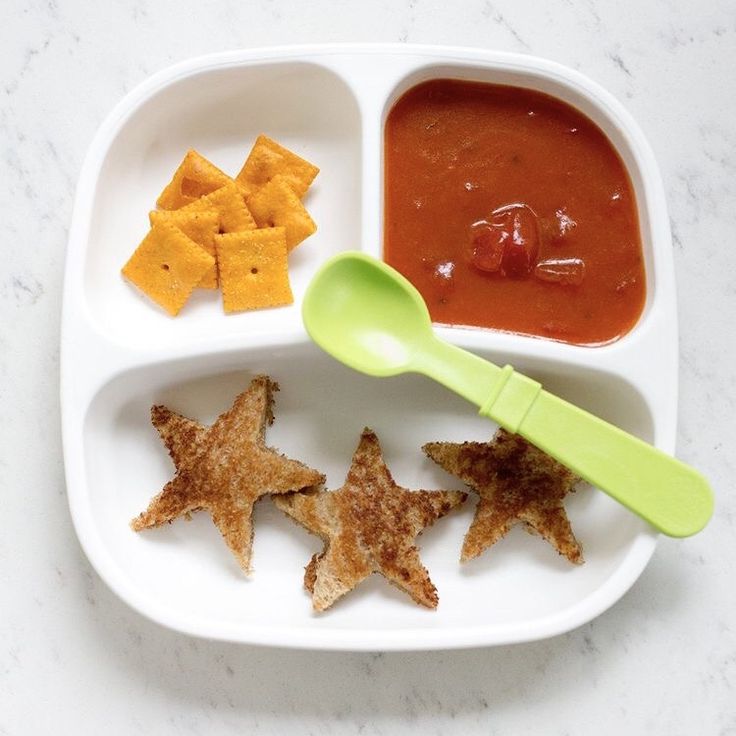 pdf (211 KB)
pdf (211 KB) - Day 2.pdf (210 KB)
- Day 3.pdf (218 KB)
- Day 4.pdf (212 KB)
- Day 5.pdf (218 KB)
- Day 6.pdf (213 KB)
- Day 7.pdf (213 KB)
- Day 8.
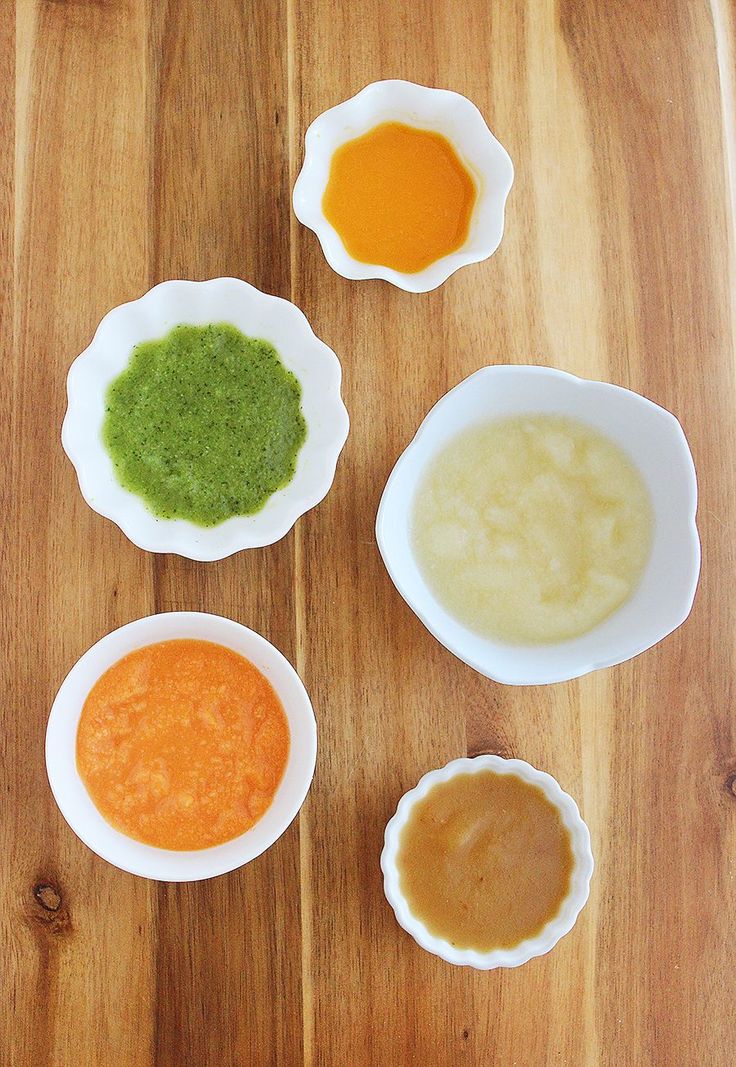 pdf (212 KB)
pdf (212 KB) - 9day.pdf (218 KB)
- Day 10.pdf (211 KB)
- Examination certificate 12 years and older..pdf (5 844 KB)
Ten-day menu for students with food allergies
- Ten-day breakfast menu for catering for students aged 7-11 with food allergies.pdf (1543 KB)
- Ten-day breakfast menu for catering for students aged 12-18 with food allergies.
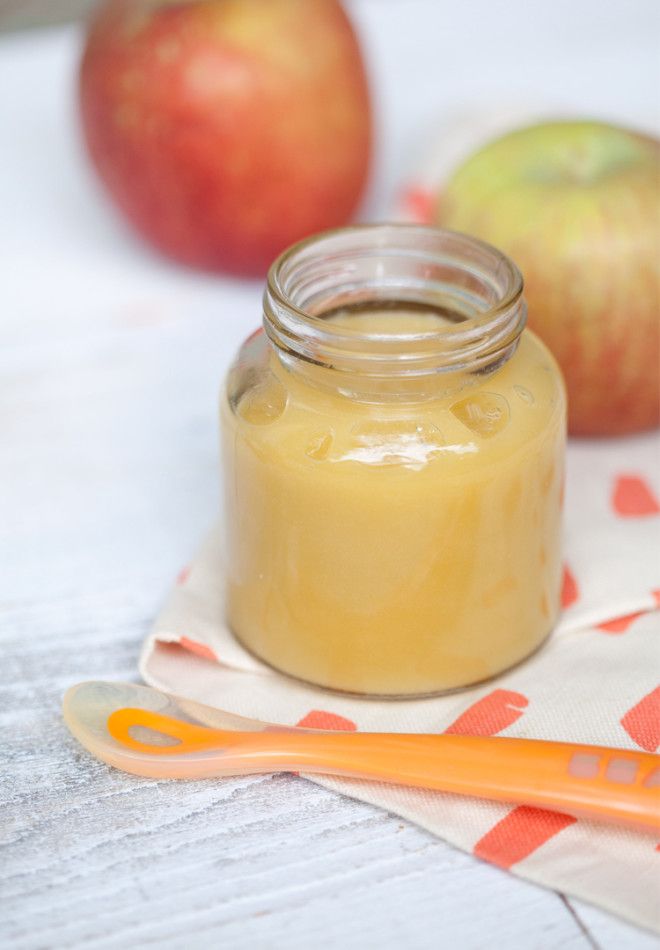 pdf (1426 KB)
pdf (1426 KB)
10-day menu for children with diabetes mellitus
- Ten-day menu for children with diabetes.pdf (3 915 KB)
6. News information (announcements)
Student behavior in the cafeteria
- Students are in the cafeteria dining room only during breaks and at the time allotted by the meal schedule.
- Students must treat canteen workers with respect.
- When entering the canteen, take off your backpack and hold it in your hand.
- Wash hands with soap and water before and after eating.
- During meals in the cafeteria, students are required to maintain good manners and behave decently.
- It is forbidden to come to the dining room in outerwear.
- Talking while eating should not be loud so as not to disturb those who eat in the neighborhood.

- Students have the right to buy pastries, juices and other foods from the school canteen.
- Students may bring breakfast brought from home to the cafeteria.
- Students take good care of the property of the school cafeteria.
7. Hotline of the Ministry of Education of Russia on catering for schoolchildren: +7 (800) 200-91-85
8. Hotline of the ONF: 8 800 200 34 11
9. Parental control over the nutrition of students
- The procedure for the implementation of parental control of hot meals for children in the SBEI NAO "Secondary School No. 4 of Naryan-Mar with in-depth study of individual subjects" (Meal order.doc, 91 KB)
- Regulations on the procedure for conducting parental control measures for the organization of hot meals for students of the State Budgetary Educational Institution of the NAO "Secondary School No.
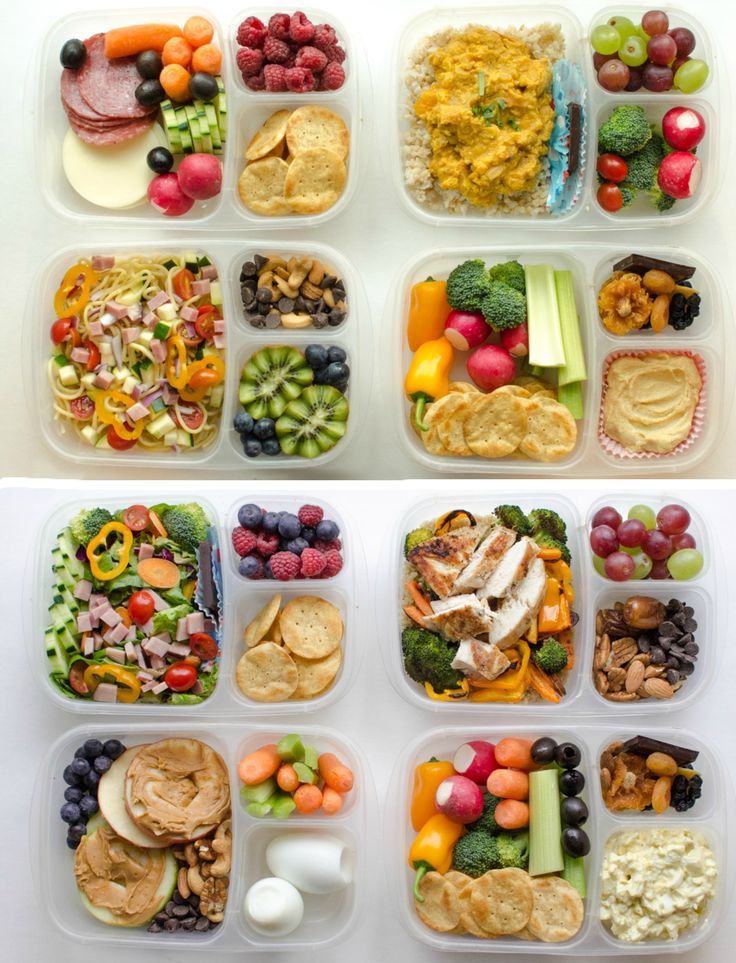 4 of Naryan-Mar with in-depth study of individual subjects" (Regulation.docx, 15 KB)
4 of Naryan-Mar with in-depth study of individual subjects" (Regulation.docx, 15 KB)
Printable version
TopKindergarten No. 22 "Academy of Childhood" of the Primorsky District of St. Petersburg
The main goal of catering in Kindergarten No. 22 of the Primorsky District of St. Petersburg is to create optimal conditions for improving health and ensuring safe and balanced nutrition for pupils, monitoring the necessary conditions for catering, as well as compliance with the conditions for the supply and storage of products in a preschool educational institution.
The preschool educational institution provides guaranteed balanced meals for pupils in accordance with their age and time spent in kindergarten in accordance with the norms approved by sanitary norms and rules:
Catering in GBDOU kindergarten No. regulatory documents:
- Federal Law No.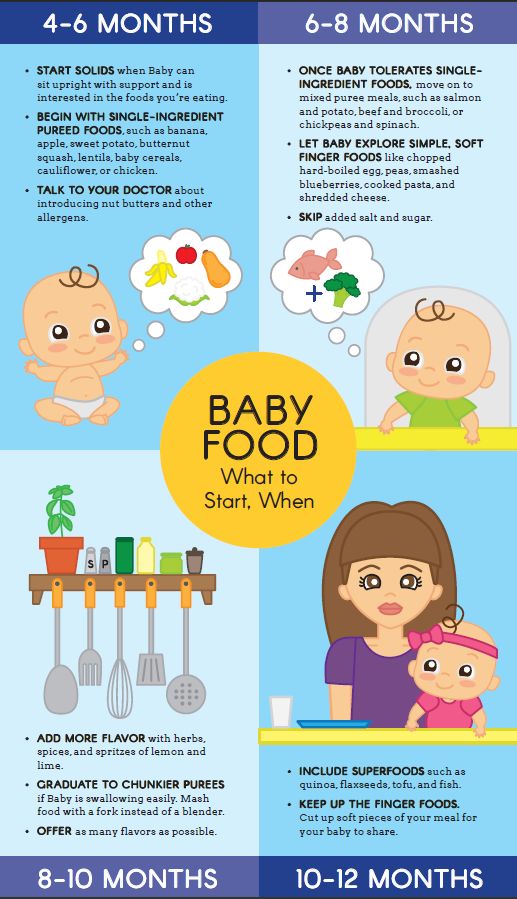 273-FZ of December 29, 2012 "On Education in the Russian Federation" as amended on July 2, 2021 (Article 37 "Organization of meals for students" p. 1) >>Read
273-FZ of December 29, 2012 "On Education in the Russian Federation" as amended on July 2, 2021 (Article 37 "Organization of meals for students" p. 1) >>Read
- SanPiN 2.3 / 2.4.3590-20 "Sanitary and epidemiological requirements for the organization of catering for the population" >> Read
- SanPiN 2.4.3648-20 "Sanitary and epidemiological requirements for organizations of education and training, recreation and health improvement of children and youth >>Read
- Order of the Ministry of Health and Social Development of Russia No. 213n and the Ministry of Education and Science of Russia No. 178 dated 11.03.2012 "On approval of guidelines for catering for students and pupils of educational institutions"
- Federal Law No. 29-FZ of 01/02/2000 "On the Quality and Safety of Food Products" as amended on July 13, 2020 (Article 25.2. Organizing meals for children in educational organizations and organizations for children's recreation and their rehabilitation) >> Read
From January 1, 2021, new Sanitary and epidemiological requirements for the organization of public catering of the population (SanPiN 2.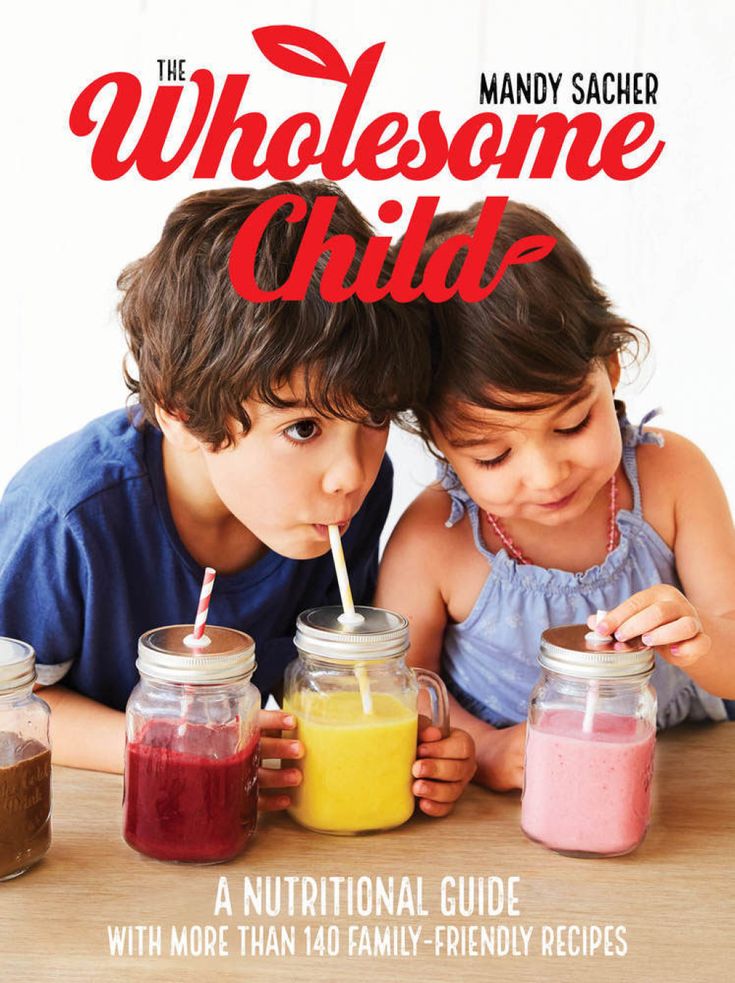 3 / 2.4.3590-20), approved by the Decree of the Chief State Sanitary Doctor of the Russian Federation of October 27, 2020 No. 32, came into force. These SanPiN include the requirements of 17 acts in the field of public catering, with special attention paid to the organization of nutrition for children (Chapter VIII).
3 / 2.4.3590-20), approved by the Decree of the Chief State Sanitary Doctor of the Russian Federation of October 27, 2020 No. 32, came into force. These SanPiN include the requirements of 17 acts in the field of public catering, with special attention paid to the organization of nutrition for children (Chapter VIII).
The requirements are aimed at reducing the risk to children's health caused by the food factor and increasing the role of the health-preserving function of nutrition.
In connection with the entry into force of new sanitary rules and norms SanPiN 2.3 / 2.4.3590-2020, technologists of the Department of Social Nutrition developed a new menu for kindergartens in St. Petersburg, which was approved on February 1, 2021.
Taking into account the recommendations of nutritionists, six variants of cyclic menus of hot meals for organizing meals for pupils of preschool educational organizations were formed, taking into account the age and time of stay of children in a preschool organization.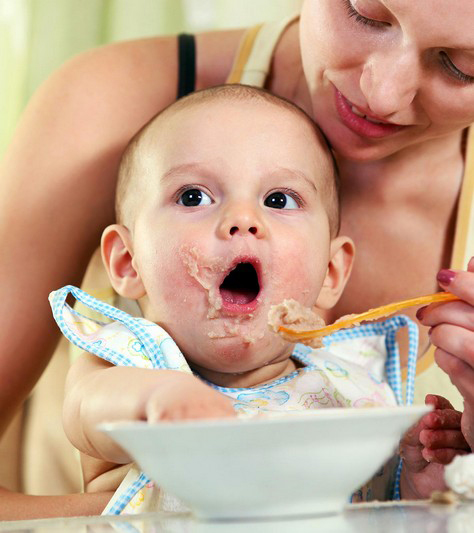 Parameters were taken into account for the mass of servings depending on age, the volume of servings of dishes by age, as well as the distribution of calorie content by meals and the average daily set of food products.
Parameters were taken into account for the mass of servings depending on age, the volume of servings of dishes by age, as well as the distribution of calorie content by meals and the average daily set of food products.
Among the innovations in the menu are sparing modes of heat treatment (cooking, stewing, baking, skipping), the amount of fresh fruits has been increased by 14% and fresh vegetables by 28%. Now, to replenish iodine, food iodized salt is included in the composition of dishes, however, its amount in the daily diet has been reduced by 50%.
Fried and fried products from poultry, fish, meat, offal, as well as frying vegetables for first courses are excluded from the menu. Sausage products (boiled sausages, sausage sandwiches) are now prohibited for use in accordance with the requirements of new sanitary rules.
Food products delivered to the kindergarten have documents confirming their origin, quality and safety; are stored in the pantry in compliance with the requirements of SanPiN and commodity neighborhood.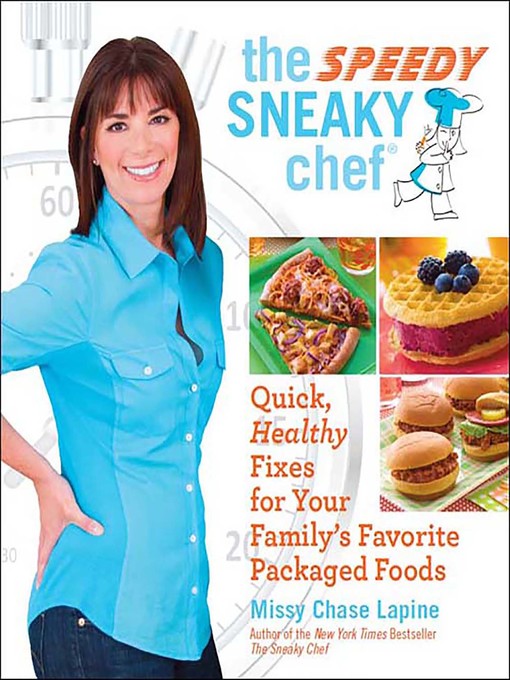 Control over the organization of catering in Kindergarten No. 22 of the Primorsky district of St. Petersburg and the implementation of the State contract on nutrition is carried out by the Nutrition Council of the State Budgetary Educational Institution.
Control over the organization of catering in Kindergarten No. 22 of the Primorsky district of St. Petersburg and the implementation of the State contract on nutrition is carried out by the Nutrition Council of the State Budgetary Educational Institution.
Conditions for catering for students
0427, equipped with the necessary modern equipment. All technological equipment is in good condition, is in working order, complies with sanitary rules for the organization of children's public catering. All dishes are homemade.
Compliance with the norms of basic products
- sufficient supply of calories and content of all vital food components is maintained;
- the maximum variety of the diet is used; technological and culinary processing of products and dishes;
- food prepared at the catering unit always has good taste and attractive appearance of the dishes.
Organization of drinking regimen
- drinking regimen in kindergarten is carried out in accordance with the requirements of SP 2. 4. 3648-20;
- Drinking water is available to pupils during the entire time they are in the kindergarten. The approximate amount of water consumption by a child depends on the time of year, the physical activity of the child.
- control of sanitary and hygienic food safety is provided. Systematic control over the quality of food is carried out.
Compliance with sanitary requirements
The educational institution complies with sanitary requirements for the food supplied; to transportation, storage; for the preparation and distribution of dishes; to personal hygiene of the catering department; to the organization of meals for children in groups.
Organization of work to promote healthy nutrition
The educational institution observes the optimal diet; work is underway to develop the skills of a food culture in children; the principles of the developed menu are strictly observed; explanatory work is carried out both with the staff of the institution and with parents on the introduction of new dishes; information stands, information folders on healthy nutrition are being issued.
Catering
Meals at the Educational Institution are organized in accordance with the requirements of SanPiN. During the day, children are offered 4 meals a day (breakfast, second breakfast, lunch and afternoon tea), prepared by chefs at the GBDOU food unit.
Meals are organized in groups according to the schedule:
first breakfast from 08.20 - 08.30;
second breakfast from 10.00 - 10.10 hours;
lunches from 11.50 - 12.20;
afternoon snack from 15.05 - 15.20.
- Breakfast - milk porridges: oatmeal, rice, semolina, wheat, Druzhba, natural omelet, green peas. As a drink - tea, tea with lemon, cocoa with milk, cheese, jam sandwich, butter sandwich.
- 2nd breakfast – from 10.00 to 10.30 children are given juice, fruit.
- Lunch – starter in the form of fresh vegetables (cucumbers, tomatoes) cucumber salted beet salad, potato salad.
 The first hot dish is cabbage soup, borsch, vegetable soup, pea soup, soup with cereals or pasta, pickle on chicken broth.
The first hot dish is cabbage soup, borsch, vegetable soup, pea soup, soup with cereals or pasta, pickle on chicken broth.
Second course - meat, fish, poultry, liver with garnish. The third dish is compote of fresh fruits, dried fruits (dried apricots), dried apricot jelly, juice, vitamin drink, rosehip drink. - Snack – includes yogurt, cottage cheese dishes – cottage cheese casserole, lazy cabbage rolls, pasta baked with egg, fish, poultry, vegetable dishes, as well as a drink – tea with lemon, fortified drink, milk, tea with jam, cookies, sweets.
When developing menus, age groups are taken into account. With the help of the Vision - Soft: Nutrition in Kindergarten program, daily “plan menus” are created and adjusted in accordance with a cyclic 10-day menu.
In the kindergarten, a menu for each day is posted, signed by the head of the kindergarten. The menu is balanced in terms of proteins, fats, carbohydrates, calories are displayed.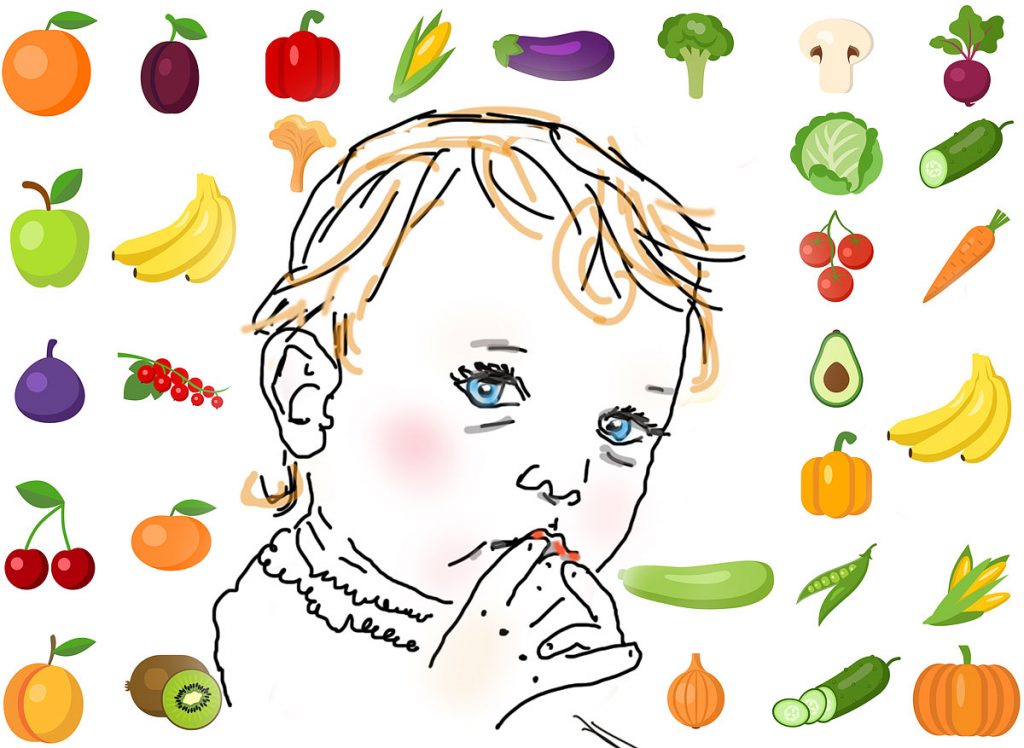
Daily samples are taken for quality control and nutritional compliance. The menu is approved by the St. Petersburg Social Nutrition Department.
Menu
The educational institution works according to a cyclic ten-day menu for catering for children aged 3 to 7 years, developed by the Social Nutrition Department of St. Petersburg for state preschool educational institutions of the city and approved by the head of the Social Nutrition Department of St. Petersburg.
Parents of students have the opportunity to get acquainted with the cyclic ten-day menu on the official portal of the Administration of St. Petersburg.
Monthly analysis of nutrition is carried out to meet the norms, calories are calculated, the Nutrition Council operates, which considers issues related to catering in the institution, issues of working with JSC "Firma Floridan" and JSC "Artis-Children's Nutrition"
, as well as acts and materials of checks, a grading commission is working to determine the organoleptic properties of the finished product and to allow the issuance of these products to groups.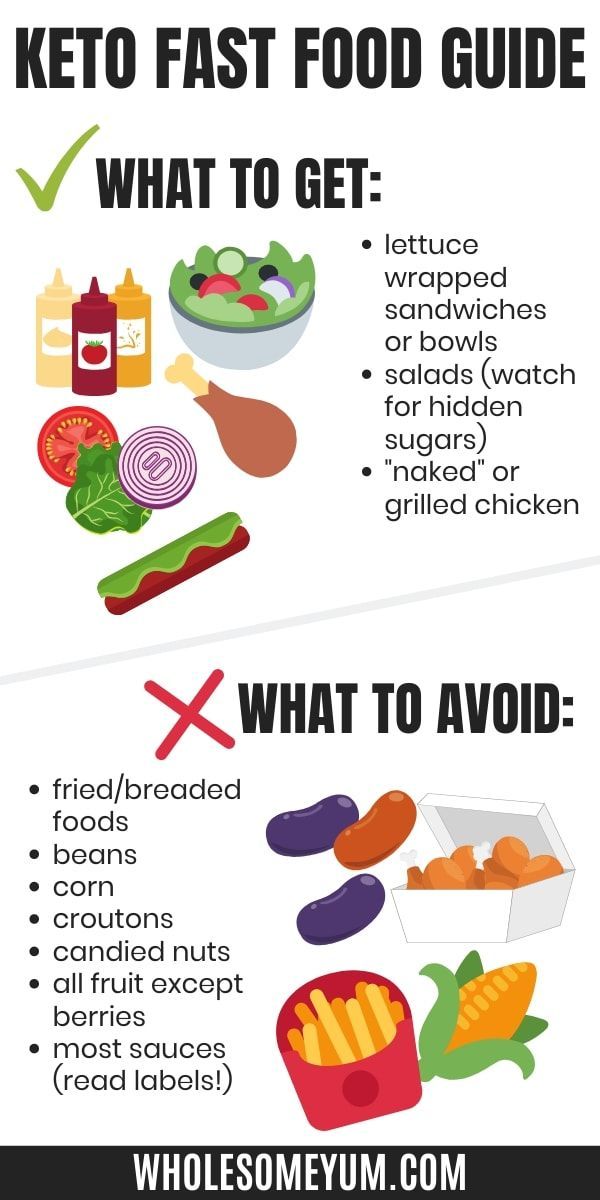 The products are carefully controlled and have quality certificates. C is carried out - vitaminization of the third dish.
The products are carefully controlled and have quality certificates. C is carried out - vitaminization of the third dish.
A cyclic ten-day menu for organizing meals for children aged from 1 to 3 years old, attending pre-school educational institutions of St. Petersburg with a 12-hour stay (approved on 02/01/2021) up to 3 years, attending pre-school educational institutions with a 12-hour stay, in accordance with the physiological norms of food consumption
A cyclic ten-day menu for organizing meals for children aged 3 to 7 years old attending preschool educational institutions of St. Petersburg (approved on February 1, 2021) 7 years old attending preschool educational institutions with a 12-hour stay, in accordance with the physiological norms of food consumption the calorie content of a portion is placed in places accessible to parents and children (in the hall, near the catering unit).
Local acts of the Kindergarten No.